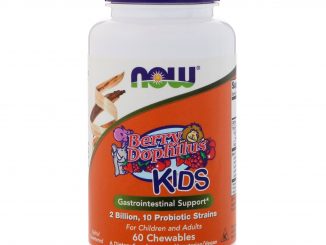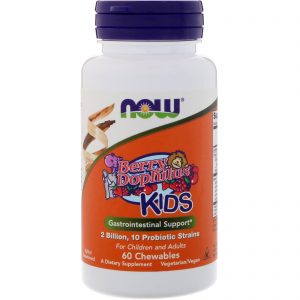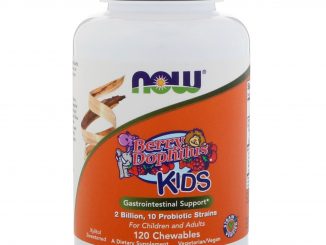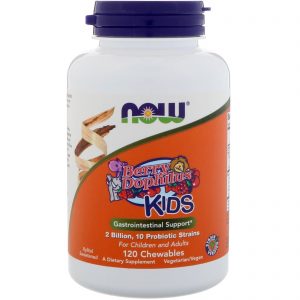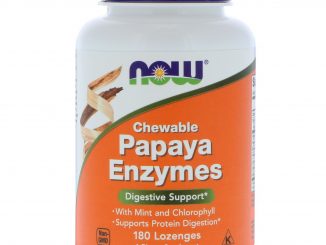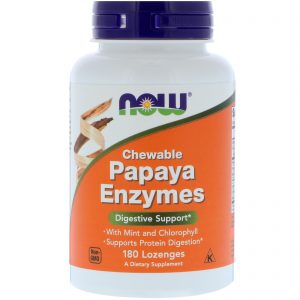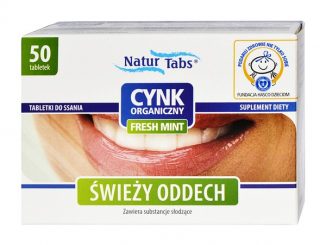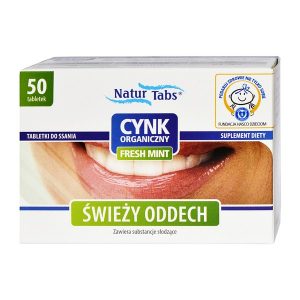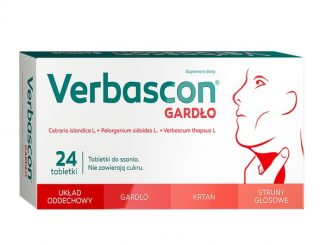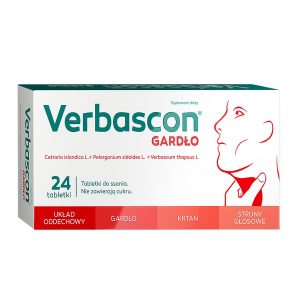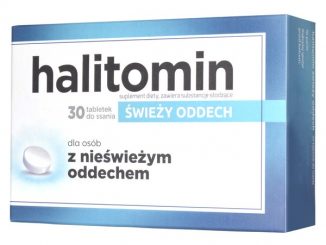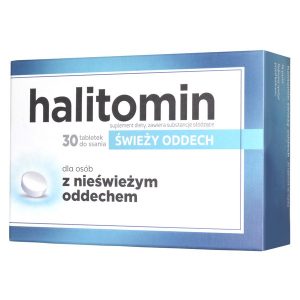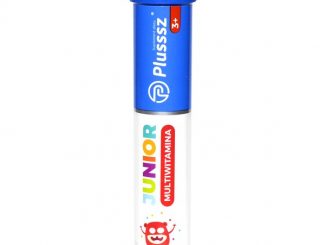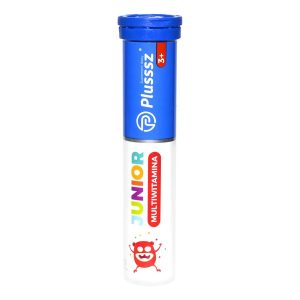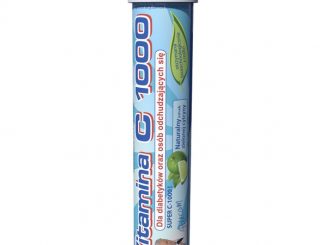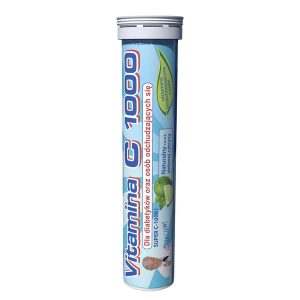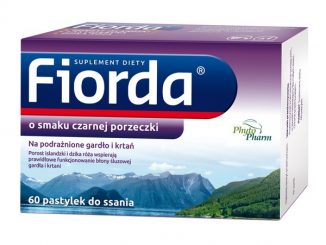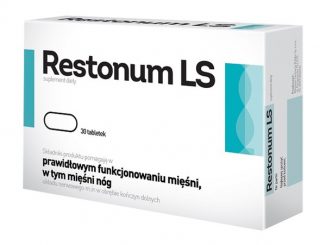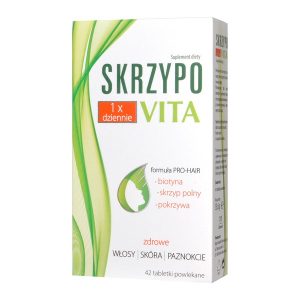The properties of Sorbitol
Sorbitol less commonly known as glucitol is a sugar alcohol with a sweet taste which the human body metabolizes slowly. It can be obtained by reduction of glucose, which changes the converted aldehyde group (−CHO) to a primary alcohol group (−C(OH)H2). Most sorbitol is made from potato starch, but it is also found in nature, for example in apples, pears, peaches, and prunes. It is converted to fructose by sorbitol-6-phosphate 2-dehydrogenase.
Sorbitol is a sugar substitute, and when used in food it has the INS number and E number 420. Sorbitol is about 60% as sweet as sucrose.
As is the case with other sugar alcohols, foods containing sorbitol can cause gastrointestinal distress. Sorbitol can be used as a laxative when taken orally or as an enema. Sorbitol works as a laxative by drawing water into the large intestine, stimulating bowel movements. Sorbitol has been determined safe for use by the elderly, although it is not recommended without the advice of a doctor. Sorbitol is found in some dried fruits and may contribute to the laxative effects of prunes.
Sorbitol is also used in the manufacture of softgel capsules to store single doses of liquid medicines.


























































